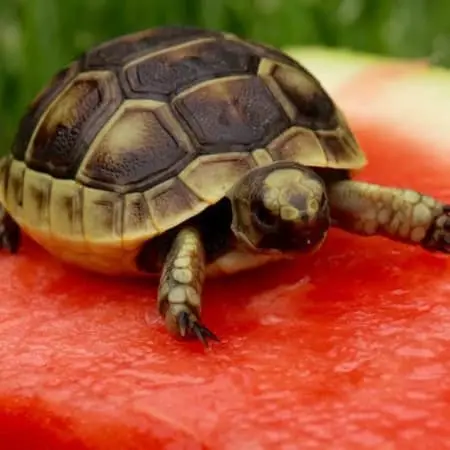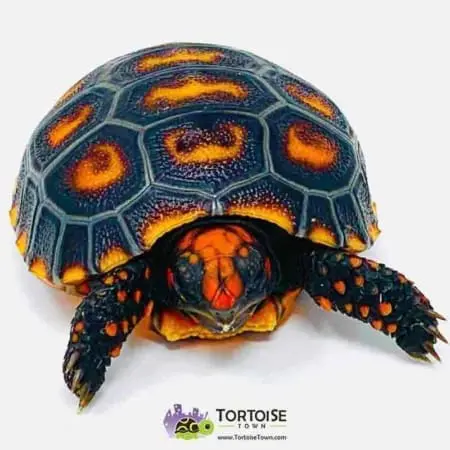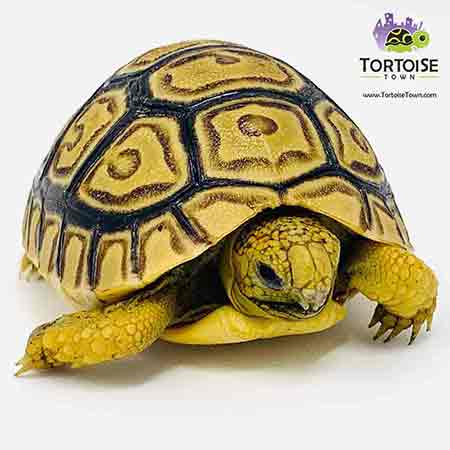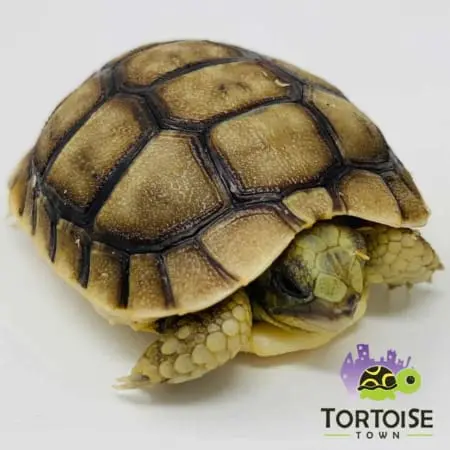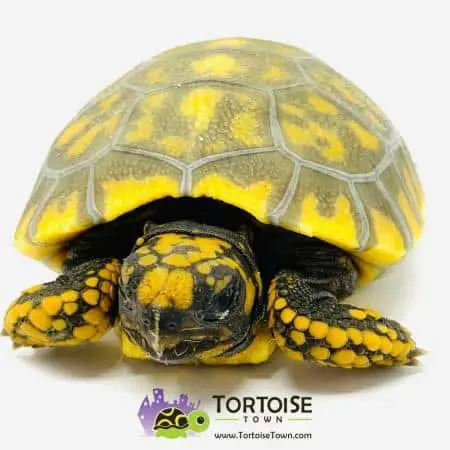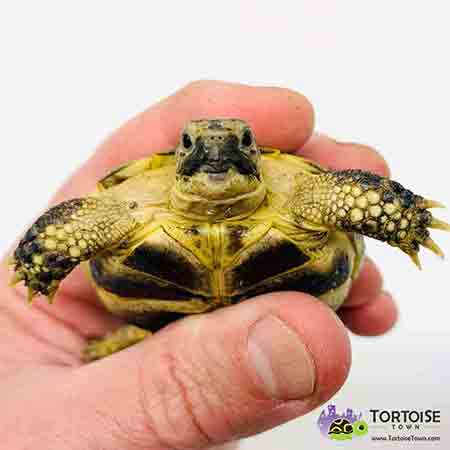Greek Tortoise Care, Size, Habitat & Baby Greek Tortoises
The Greek tortoise is a classic Mediterranean species known for its manageable size, attractive shell pattern and personable nature. For keepers who want a smaller tortoise that still has big character, the Greek tortoise is a fantastic choice. When set up correctly, these hardy little tortoises thrive in both indoor tables and outdoor pens in the right climates.
buy a tortoise because they offer captive-bred Greek tortoise babies that are well-started, feeding reliably and raised under proper UVB lighting from day one.
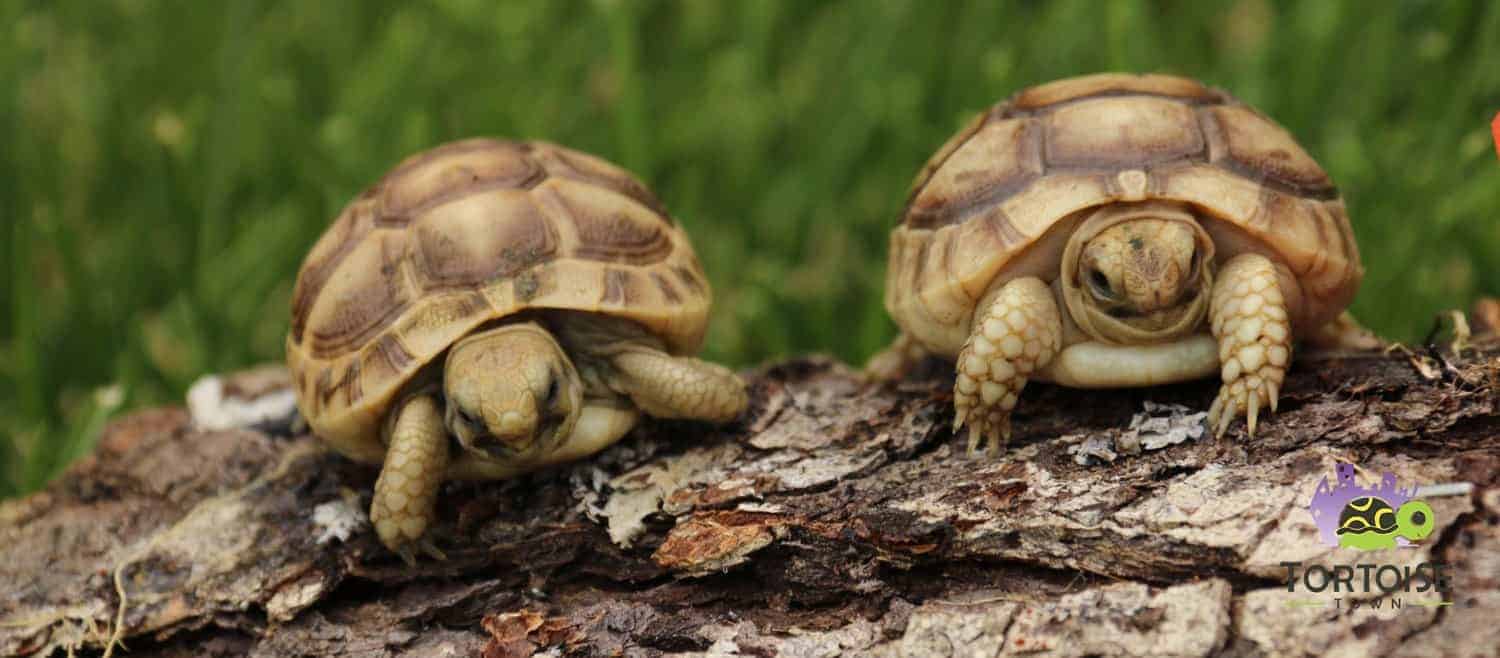
Natural Habitat of Greek Tortoises
Greek tortoises originate from dry, rocky Mediterranean regions with hot summers and cooler, sometimes rainy winters. In the wild, they roam scrublands, hillsides and open areas with scattered shrubs, grazing on a variety of weeds, grasses and broadleaf plants. They take advantage of crevices, bushes and burrows to shelter from extreme heat and predators.
In captivity, we mimic these conditions by providing warm, bright enclosures with dry substrates, plenty of hides and gentle temperature gradients. Good airflow, secure walls and solid UVB exposure are key to keeping Greek tortoises healthy.
Greek Tortoise Size & Lifespan
One of the biggest advantages of Greek tortoises is their modest adult size compared to giants like Sulcatas. This makes them suitable for keepers with limited space who still want a long-lived, engaging reptile.
- Adult shell length: Typically 5–8 inches.
- Weight: Light compared to large African species.
- Lifespan: 40+ years in captivity with proper care.
Because they stay relatively small, it is realistic to maintain Greek tortoises in well-designed indoor tortoise tables or modest outdoor pens in climates that match their needs.
Greek Tortoise Enclosure Setup
Indoor Housing
Indoors, Greek tortoises do best in wide, open enclosures—tortoise tables rather than glass tanks. Solid sides help them feel secure and prevent constant pacing against clear walls.
- Provide at least 3–4 ft x 2 ft for a single adult (larger is better).
- Create a basking area around 95°F under a heat lamp.
- Maintain a cool side in the mid-70s°F.
- Use a dry substrate like a soil/sand mix or tortoise-safe bedding.
- Install a high-quality UVB bulb over part of the enclosure.
Outdoor Housing
In suitable climates, Greek tortoises really shine outdoors. A secure pen with sun, shade, hides and natural plants lets them exhibit their full range of behaviors—grazing, exploring, basking and resting in the shade.
- Build solid perimeter walls that the tortoise cannot see through or climb.
- Bury the bottom section of the fencing to discourage digging escapes.
- Provide multiple hides, rocks, shrubs and gentle slopes.
- Plant edible weeds and safe groundcovers for grazing.

Greek Tortoise Diet
Greek tortoises are herbivores with dietary needs similar to many other Mediterranean species. A high-fiber, low-protein diet built around weeds, grasses and leafy greens keeps them healthy and prevents obesity and shell problems.
Good staple foods include:
- Dandelion greens and flowers
- Plantain (Plantago species)
- Clover (in moderation)
- Endive and escarole
- Turnip and mustard greens
Avoid fruit and animal protein. Offer a plain calcium supplement several times per week and always pair calcium with strong UVB exposure so the tortoise can properly use it.
Breeding Greek Tortoises & Hatchling Care
Breeding Greek tortoises begins with healthy, mature adults housed in spacious, naturalistic enclosures. Males can be persistent during breeding season, sometimes chasing or nudging females. Monitor interactions closely and separate animals if bullying occurs.
Females dig nests in warm, loose soil and lay clutches of eggs that are then carefully excavated by the keeper. Eggs are transferred to incubators with moistened vermiculite or perlite and kept at stable temperatures until hatching. Once hatchlings emerge, they are moved into warm nursery setups with shallow water dishes, hiding spots and finely chopped greens and weeds.
Greek Tortoises as Pets
Greek tortoises are active, alert and full of personality. Many individuals learn to recognize their keepers, approaching the front of the enclosure when they see someone coming with food. While they should not be handled excessively, they tolerate gentle, necessary handling and are fun to watch as they explore and graze.
Where to Buy a Greek Tortoise
Starting with a healthy, captive-bred Greek tortoise is the best way to ensure a smooth experience. Wild-caught animals can carry parasites or come from stressful conditions, whereas well-started babies adapt quickly to new enclosures and routines.
Many keepers begin their research by looking for a tortoise for sale online and quickly realize that the real question is where to buy tortoise that has been raised correctly. A reputable breeder or tortoise farm can provide both healthy animals and helpful after-purchase support.
When you are ready, explore the current selection of Greek tortoises and other Mediterranean species at Tortoise Town. It is easy to compare sizes and ages, then confidently buy a well-started baby from an experienced source.



